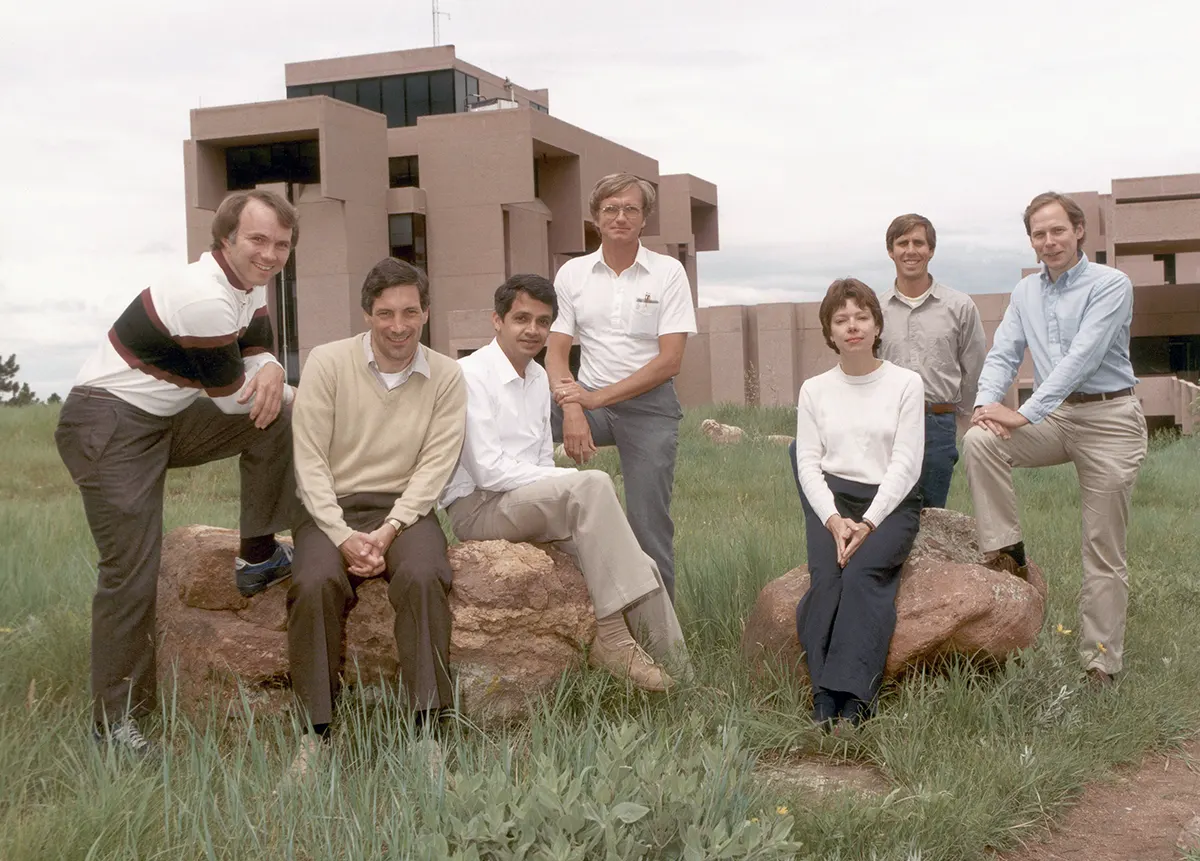After the Indian Ocean Experiment, Professor Ramanathan realized a common framework is needed to solve both the global warming problem and the air pollution problem. He focused on four pollutants, methane, ozone, hydrofluorocarbon, and black carbon, which are (per ton of these chemicals) more potent global warming inducers than carbon dioxide and in addition have catastrophic effects on human health. After being emitted, while carbon dioxide remains in the air for 100 to 1,000 years, methane, ozone, and hydrofluorocarbon (HFCs), which were developed to replace CFCs, remain for about 10 years, and black carbon remains only for about 10 days. What does this all mean? If all diesel vehicles in the world were fitted with filters, the filters would remove the black carbon and no new black carbon would be released into the atmosphere from diesel vehicles. Then, the black carbon in the air today would disappear in a matter of weeks, which would bend the curve of global warming quickly (in less than 10 years), and there would be no air pollution from black carbon.









